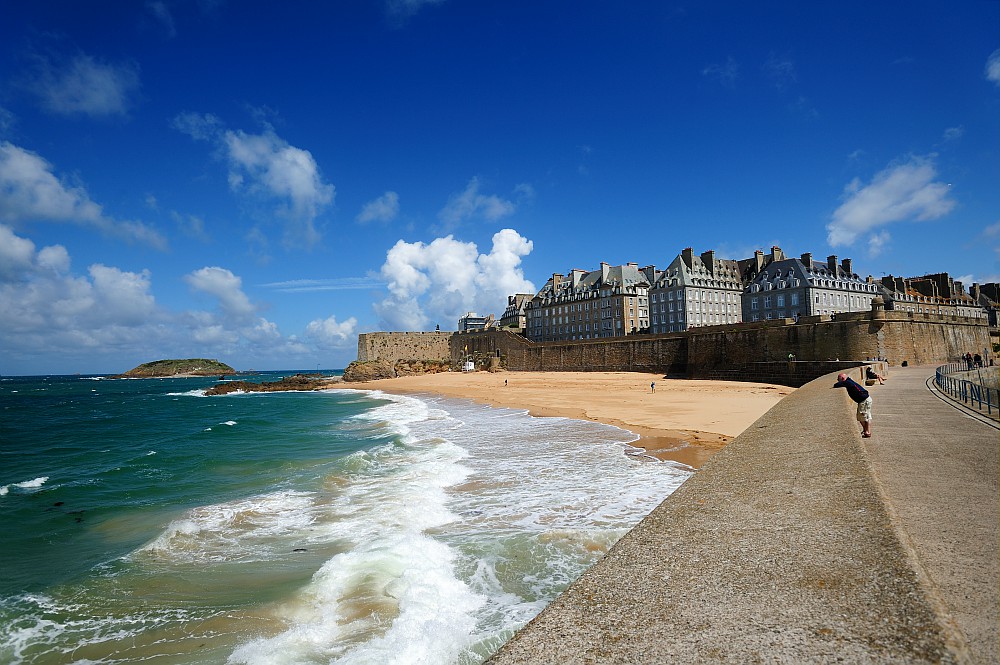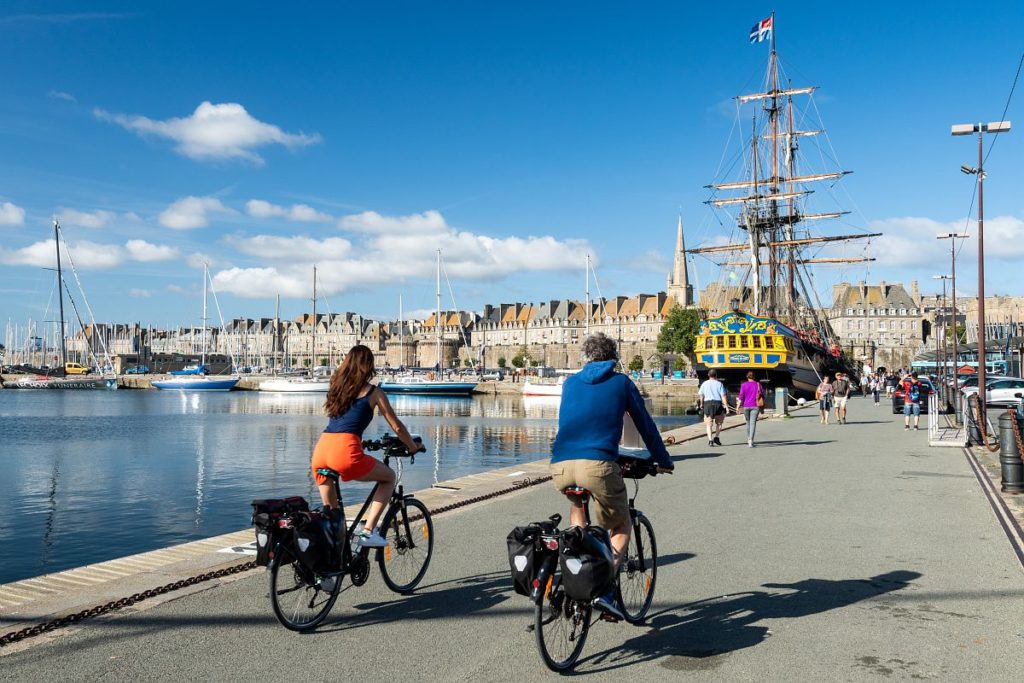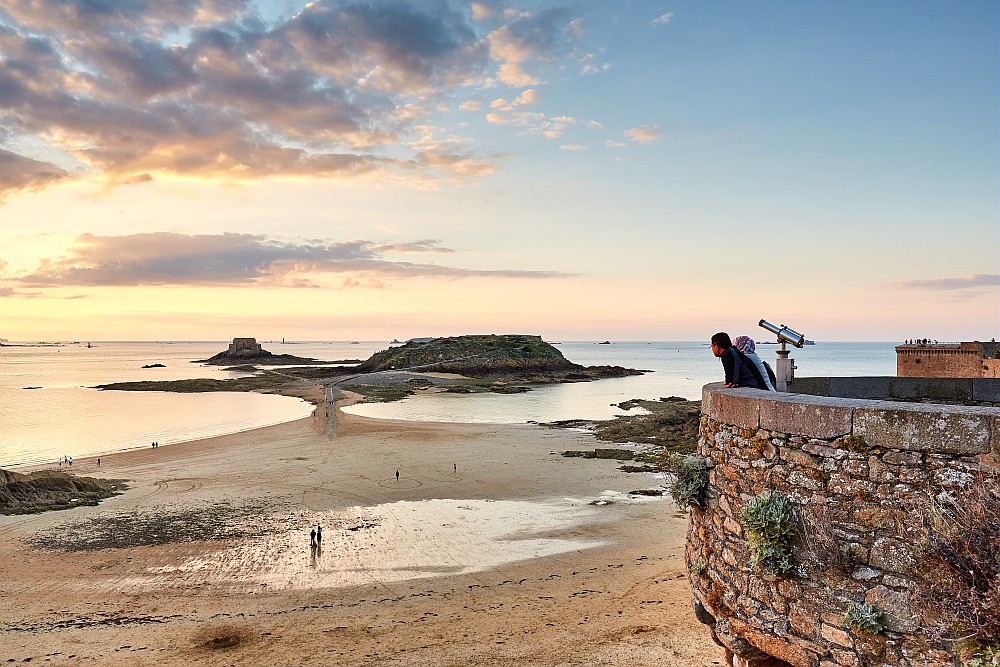
Saint-Malo is not only one of the most famous and most popular cities in Brittany among tourists. In the rankings of the most popular destinations in France, which is not exactly lacking in destinations, the city on the north coast regularly lands far in front.
However, the large number of travelling French and foreign visitors should not deter the interested Brittany traveller. A visit to this extraordinary city is worthwhile in any case. Saint-Malo derives its charm from the special architecture of the city layout on the one hand and from its history as a proud port metropolis on the other.
City Of Merchants And Seafarers

At the end of the 3rd century, the Romans built fortifications on the site of today’s city for the first time. In the following centuries, Saint-Malo was always a bone of contention between France and the princes of Brittany because of its strategic location. This led to the “Maloin”, the inhabitants of Saint-Malo, developing a strong sense of their own.
The culmination of this sense of independence was the proclamation of the “Republic of Saint-Malo” in 1590 by wealthy merchants. With the founding of the city republic, the citizens took an example from Venice or Genoa, where rich merchants also controlled the destiny. Even though the period of the Republic only lasted 4 years, the city is as proud of this era as it is of the many seafarers whose home port was Saint-Malo.
The privateer Robert Surcouf is one of them, who captured English ships on behalf of Napoleon. Jacques Cartier set sail from here and was one of the first Europeans to explore the east coast of Canada in the 16th century. Bertrand François Mahé de la Bourdonnais was also a native “Maloin”, the admiral fought many naval battles for France in the Indian Ocean in the early 18th century.
During the Second World War, the city suffered a heavy blow. In August 1944, American planes bombed the old town under the false assumption that the Wehrmacht was entrenched there. Approximately 80% of Saint-Malo lay in ruins after the bombing. After the war, however, the inhabitants rebuilt the city.
A Walk In Saint-Malo

Today, historic Saint-Malo shows its most beautiful side again. A walk of about an hour on the impressive walls that enclose the old town offers a view of the “Intra Muros” area on one side. If you look into the distance on the other side, you can glimpse the coastal town of Dinard to the west. To the east and south are the new port and the new town (“Extra Muros”). The most spectacular view is to the north. Here the vast sea, the forts on the islands near and far from the coast and the beautiful beaches of Saint-Malo are revealed.
Visitors to the beach should bear in mind that here, in the bay not far from Mont Saint-Michel, the tides are particularly strong. What looks like a tranquil spot in the middle of an ebbing landscape can be cut off from the mainland within minutes. In some places, the sea returns with the flowing speed of a river.
For reassurance: Some particularly dangerous spots are monitored by volunteers as soon as the tide returns. Nevertheless, it is always worth looking at a tide calendar when on holiday in Brittany and especially so in Saint-Malo.
More Places To See
Other highlights outside the old town are the fortifications. At low tide, the (chargeable) “Fort du Petit Bé” can be reached on foot. The location and view from the fortress are just as remarkable as from the Fort National. In the “Fort du Grand Bé” is the grave of another Saint-Malo celebrity – the writer Chateaubriand rests here. He too was a son of the city’s great age, the age of the seafarers.
An event in the town still commemorates this glorious era. Saint-Malo is the starting point of the “Route du Rhum”. The “Rum Route” leads from the coast of Brittany across the Atlantic to Pointe-à-Pitre on Guadeloupe. The sailing boats cover more than 6,000 kilometres on the ocean before they arrive on the Caribbean island. The regatta is considered one of the most prestigious challenges for sailors in France.
Image: Comité Régional du Tourisme de Bretagne | © Yanick Le Gal, © Emmanuel Berthier
